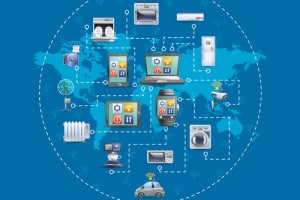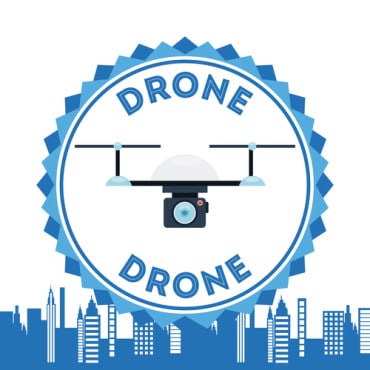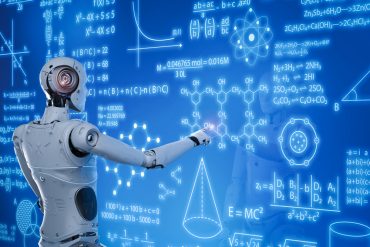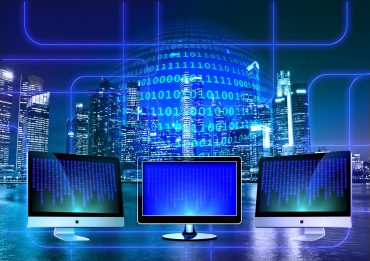
The IoT is really about use cases.
There is no one way to look at the Internet of Things (IoT) and the various real-time analytics capabilities that come out of it. Rather, IoT is in the eye of the beholder, and varies greatly from industry to industry, and even company to company.
A wearable device feeding medical data to healthcare practitioners is a whole world away from sensors planted within jet engines, for instance. We’ve now built up a vast library of case studies exploring the various ways companies make use of IoT and real-time capabilities, including real-time advertising, smart elevators, jet-engine maintenance, and crime prevention. All these applications employ similar technology, but with vastly different adaptations.
Accordingly, it is safe to say there is no such thing as “the” Internet of Things (IoT). Rather, it is a world of connected devices and systems serving specific use cases and business processes. That’s the word from BCG, which just published a report on the emerging IoT market, forecasting that overall spending will top $250 billion within the next three years. But such spending will not be uniform across the information technology sector – rather, there will be hot spots of IoT activity and capabilities emerging.
The BCG team, led by Nicolas Hunke, took a hard look at the emerging IoT space, and concluded that three industries will dominate this space – manufacturing, transportation, and utilities. These three industries will account for approximately 50 percent of IoT spending.
IoT use cases
Accordingly, Hunke and the BCG team identified several key process areas where IoT will have the greatest impact:
Predictive maintenance. This is a major breakthrough for manufacturers seeking to better assure product quality, while cutting down unnecessary service costs. “IoT technologies can predict or detect when a machine requires maintenance, reducing or eliminating unplanned downtime, extending maintenance cycles, and reducing costs,” the BCG analysts explain.
Self-optimizing production. “Connected factories and plants can use IoT to monitor and optimize production processes in real time, making automated adjustments to improve quality, enhance efficiency, and reduce waste.”
Automated inventory management. “IoT can provide much greater insight into the status of inventory and the supply chain, allowing companies to track inventory location and condition, including, for example, temperature, humidity, and damage.”
Smart meters. “Smart meters can help consumers monitor their usage, reduce the number of technicians needed to read meters, provide real-time billing data, and enable more dynamic pricing.”
Track and trace. Track-and-trace applications can add intelligence to every asset within a manufacturing environment, from tools to machines.
Distributed generation and storage. “IoT can be used to automate and optimize supply and demand across multiple energy sources. By remotely monitoring and controlling distributed energy generation and storage, companies can balance energy usage across the grid and reduce energy costs.”
Connected cars. Cars are no longer just cars – they are computers on wheels. “Connected cars offer enhanced navigation, better safety features, and various creature comforts, including advanced music and entertainment options.”
Fleet management. Real-time tracking of corporate vehicles provides “information related to fleet location, usage, and condition,” through which “companies can be more efficient, reduce maintenance and repair costs, and allow for dynamic rerouting to avoid congestion and delays.”
Demand response. Utilities now interact in real time with their ratepayers. “Through demand-response programs, customers can allow the remote control of their use of certain appliances—air-conditioning systems, washing machines, and other energy-intensive appliances—during peak-demand periods.”





























